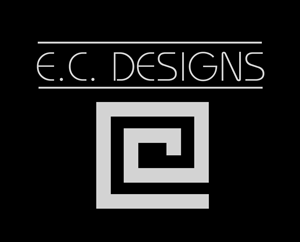

The section view is a 2D depiction of the part when it’s cut through. In addition to providing more details about a part, the isometric view may also provide information such as installation direction and build orientation. While it’s not always necessary, it is a good practice to include the isometric view in a technical drawing as it makes it easier for the machinist to understand the part geometry. The isometric view is a 3D pictorial representation of the part. In most cases, two to three orthographic views are enough to correctly describe the entire geometry of a part. Hidden lines may be included in orthographic views to depict essential features that are not visible. They are 2D representations of a 3D object, obtained from various points of view, typically the front, plan, and end. These views carry the majority of the dimensions and tolerances. The orthographic views convey the most important information about a part’s geometry. They serve as reference points when discussing the contents of the drawing. CoordinatesĬoordinates are usually used in big or complex technical drawings and are placed along the borders of the drawing. The title block’s template (size and content) may be a standard or may be custom. It also contains technical information such as the system of measurement, angle of projection, surface finish requirements, scale, and material. It contains basic information about the part, including the part name, names of the people that worked on the part (design, checking, and approval), the name of the company, etc. The title block is located at the bottom right corner of the document. Technical drawings typically comprise the following, coordinates, a title block, orthographic views of the part, section views, detail views, and notes to the manufacturer. Technical drawings are compulsory when your part features threads, tolerances, or different surfaces finish on different areas.

They depict features, such as internal and external threads that cannot be adequately conveyed in a 3D CAD model.

Some of the vital roles they play are as follows. We will then go through the step-by-step process of creating a perfect technical drawing.Īs earlier stated, in CNC machining, technical drawings are accompaniments of 3D CAD files. In this guide, we will explore the importance of technical drawings and the things that are included in these drawings. In CNC machining, technical drawings are crucial accompaniments of 3D models. In many cases, a machinist can manually produce a part, working with only a technical drawing. These documents ensure the clear and complete communication of the technical requirements of projects between the designer and the machinist. Technical drawings are documents that contain detailed 2D drawings of a part to be manufactured, along with various crucial manufacturing data. However, in many cases, a 3D CAD file does not completely eliminate the need for technical drawings. This makes it possible for you to upload a 3D model on our Instant Quoting Engine and receive a quote in seconds. A 3D CAD file carries the major details that the CNC machine requires to create a part. Using CAM software, the 3D model is then converted to G-code, a machine language that CNC machines understand, and the machine produces the part from a block of material. In the modern world of CNC machining, manufacturing typically starts with a 3D CAD model created using a CAD 3D modelling software.


 0 kommentar(er)
0 kommentar(er)
